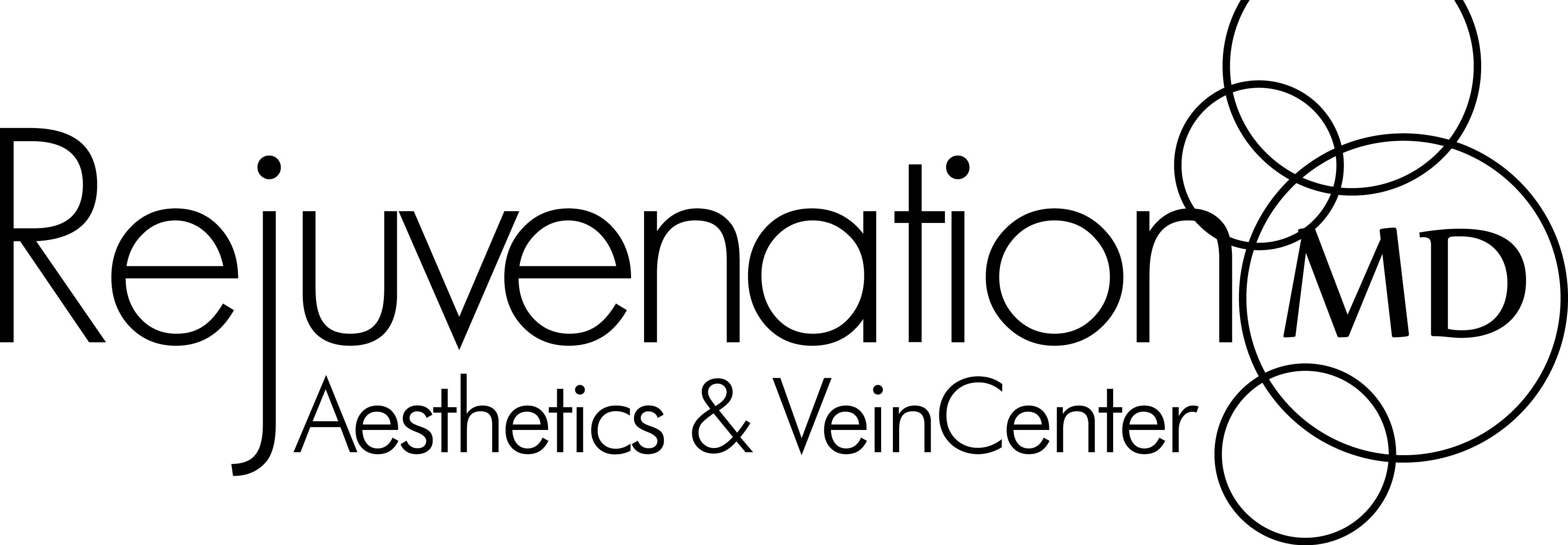Do you suffer from frequent migraines that seem to prevent you from your daily life? Could Botox be the solution you are looking for?
What is Botox?
Botox is a neurotoxin, a poison made by bacteria called Clostridium botulinum. It was approved in 2010 for adults who get chronic migraines,
That means you have both:
- A history of migraine headaches
- Headaches (including tension-type) on most days (15 or more) of the month of which 8 are a migraine.
It won’t work for you if you:
- Get headaches 14 or fewer days each month.
- Have other types of headaches, like a cluster.
Doctors found that shots of Botox can help smooth wrinkles because it relaxes muscles in the face. It also helps people who have tics and spasms because of a nerve disease like cerebral palsy.
When people who had migraine headaches used Botox to treat their wrinkles, they told their doctors that their headaches were better. So doctors began to study it as a migraine pain treatment.
In a study of adults who get chronic migraine headaches, shots of Botox cut down the total number of days they had them or even other types of headaches. They also had more “crystal-clear” — pain-free — days each month, and they reported fewer days off work.
In another study, nearly half the people who took two rounds of Botox shots reported that the number of days they had a headache each month was cut in half. After five rounds of treatment, that increased to about 70% of the people.
Doctors think Botox works for migraine headaches because it blocks chemicals called neurotransmitters that carry pain signals from your brain. Botox is like a roadblock in that pathway. It stops the chemicals before they get to the nerve endings around your head and neck.
You’ll get several shots of Botox around your head and neck once every 12 weeks to dull or prevent migraine headaches.
You may need 30 to 40 shots in all, and you’ll get an equal number on each side of your head. If you have migraine pain in one particular spot, you may need more shots there. You could see results 2 to 3 weeks after your first treatment.
Side Effects
Neck pain and headache are the most common side effects for people who get chronic migraine headaches and use Botox.
It’s rare, but you can have an allergic reaction to Botox. Signs of this can be hives, shortness of breath, or swelling in your lower legs. Although there’s no confirmed case where Botox spread to other parts of the body, it is possible and could be deadly. The medication label includes this warning.

